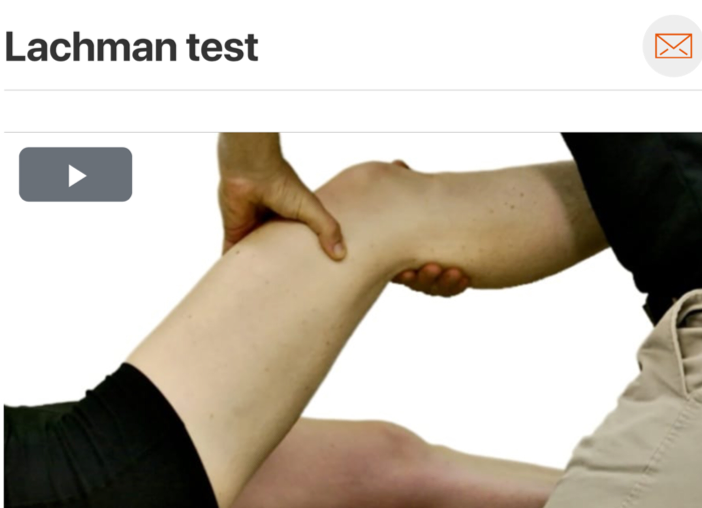There are many injuries that forced athletes out of training or competition, some injuries more than others. An injury that can become problematic over time are meniscus tears. It is well known that the knees are a common site of injury in all sports, and overall the American Academy of Orthopedic Surgeons estimate that they perform 850,000 meniscectomies per year (1).
Not sure what a meniscus tear is? Want to know more about outcomes to treatment?





















